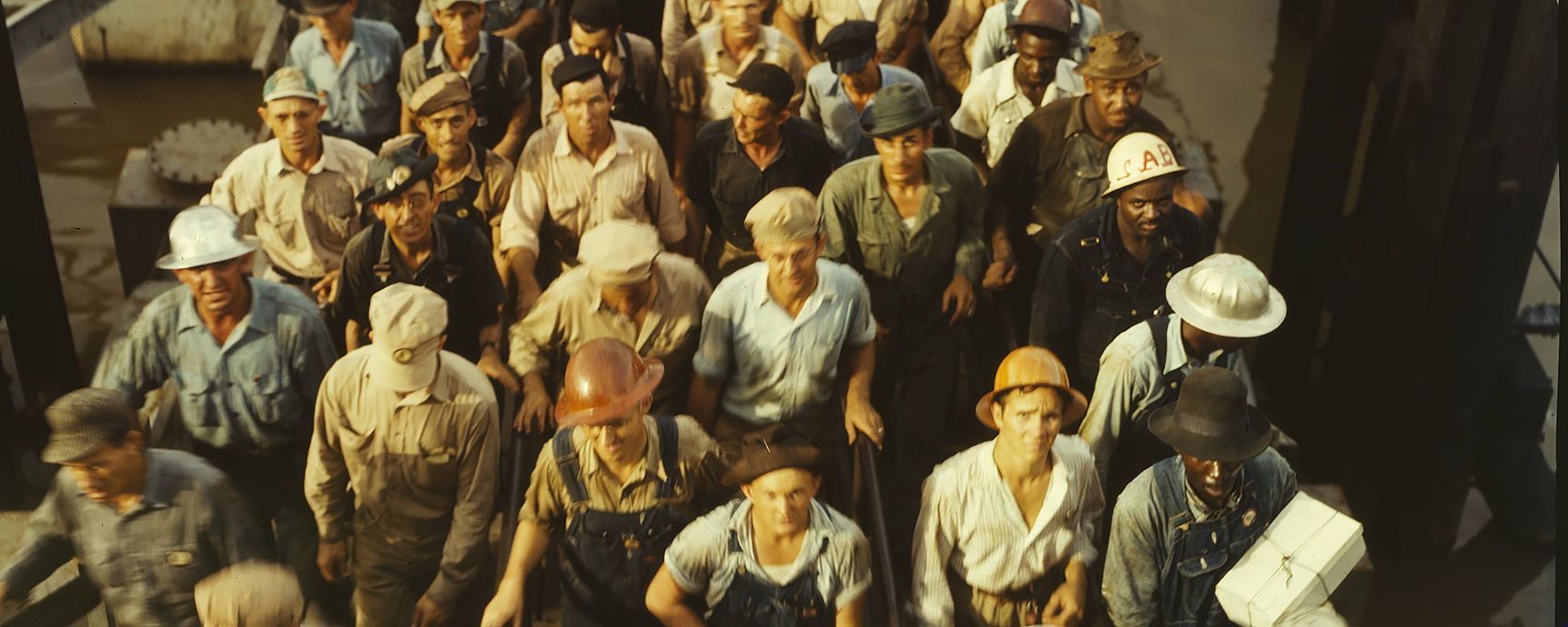From J. Michael Waller's "China’s propaganda pandemic in an expanding timeline, November 2019-April 2020" hosted at The Center For Security Policy:

...December 31
Chinese authorities notify WHO. Chinese government officials inform the World Health Organization (WHO) of the coronavirus, and say that the disease is associated with the Wuhan Hunan Wholesale Seafood Market. The warning discounts human-to-human transmission. [Note: This December 31 warning will become the basis for China’s subsequent insistence that it was “transparent” from the beginning.]
WHO sends Beijing questions & offers assistance. Security services repress information. “WHO officials sent Beijing a list of questions about the outbreak and offered assistance,” the Washington Post reports in a reconstruction. “While scientists and public health experts scrambled to collect more information, China’s security services tried to smother it.”
Taiwan warns Beijing and WHO about human-to-human transmission. The government of Taiwan notifies Chinese health officials and WHO about its detection of a SARS-like virus outbreak in Wuhan, and warns of human-to-human transmission. WHO does not inform member nations about the report on its internal website.
Taiwan starts screening visitors from Wuhan. Taiwanese authorities begin screening visitors arriving from Wuhan....
*****
... December 30
Dr Li warns other physicians. Dr. Li Wenliang, a 34 year-old ophthalmologist at Wuhan Central Hospital, warns other physicians about the virus on WeChat, and advises them to wear protective gear. (Dr. Li will be forced to sign a “confession” renouncing his statement, and will then die. A colleague, Dr Ai Fen, director of emergency at Wuhan Central Hospital, will later denounce authorities publicly on March 10 and disappear by March 16.)
Shi Zhangli, a top Wuhan Institute of Virology scientist, suspects lab leak. The director of the Wuhan Institute of Virology, China’s only P4 lab certified to handle coronaviruses, summons one of his top scientists with the report of the spread of SARS-like new coronavirus in the city. The scientist, Shi Zhangli, is known is “Bat Woman” for her research on coronaviruses carried by bats and transmitted to humans. Highlights from a late February interview in Scientific American:
- Shi summoned after first hospital reports. “The mysterious patient samples arrived at the Wuhan Institute of Virology at 7 P.M. on December 30, 2019. Moments later Shi Zhengli’s cell phone rang. It was her boss, the institute’s director. The Wuhan Center for Disease Control and Prevention had detected a novel coronavirus in two hospital patients with atypical pneumonia, and it wanted Shi’s renowned laboratory to investigate.”
- New deadly pathogen feared. “If the finding was confirmed, the new pathogen could pose a serious public health threat—because it belonged to the same family of viruses as the one that caused severe acute respiratory syndrome (SARS), a disease that plagued 8,100 people and killed nearly 800 of them between 2002 and 2003.”
- Director: Come back from Shanghai and handle the crisis. “‘Drop whatever you are doing and deal with it now,’ she recalls the director saying.”
- Shi never thought such a virus could spread in Wuhan, central China. “Shi, a virologist who is often called China’s ‘bat woman’ by her colleagues because of her virus-hunting expeditions in bat caves over the past 16 years, walked out of the conference she was attending in Shanghai and hopped on the next train back to Wuhan. ‘I wondered if [the municipal health authority] got it wrong,’ she says. ‘I had never expected this kind of thing to happen in Wuhan, in central China.'”
- Shi wonders if the virus escaped from her lab. “Her studies had shown that the southern, subtropical provinces of Guangdong, Guangxi and Yunnan have the greatest risk of coronaviruses jumping to humans from animals—particularly bats, a known reservoir. If coronaviruses were the culprit, she remembers thinking, ‘Could they have come from our lab?'”
First official reports emerge of outbreak. Wuhan authorities confirm 27 cases of a mysterious viral pneumonia.....









 Around
1900, Scott Nearing was introduced to The Landlord's Game by either
Lizzie Magie or other residents of Arden. He was at the time a full-time
resident of Arden. Nearing went on to become a member of the economics
department at the University of Pennsylvania in 1906, where he used The
Landlord's Game in his teaching. His support of Henry George's proposals
to raise pubic revenue exclusively from those who owned land, and his
opposition to child labor, caused him to be dismissed from the
university in 1915.
Around
1900, Scott Nearing was introduced to The Landlord's Game by either
Lizzie Magie or other residents of Arden. He was at the time a full-time
resident of Arden. Nearing went on to become a member of the economics
department at the University of Pennsylvania in 1906, where he used The
Landlord's Game in his teaching. His support of Henry George's proposals
to raise pubic revenue exclusively from those who owned land, and his
opposition to child labor, caused him to be dismissed from the
university in 1915.





